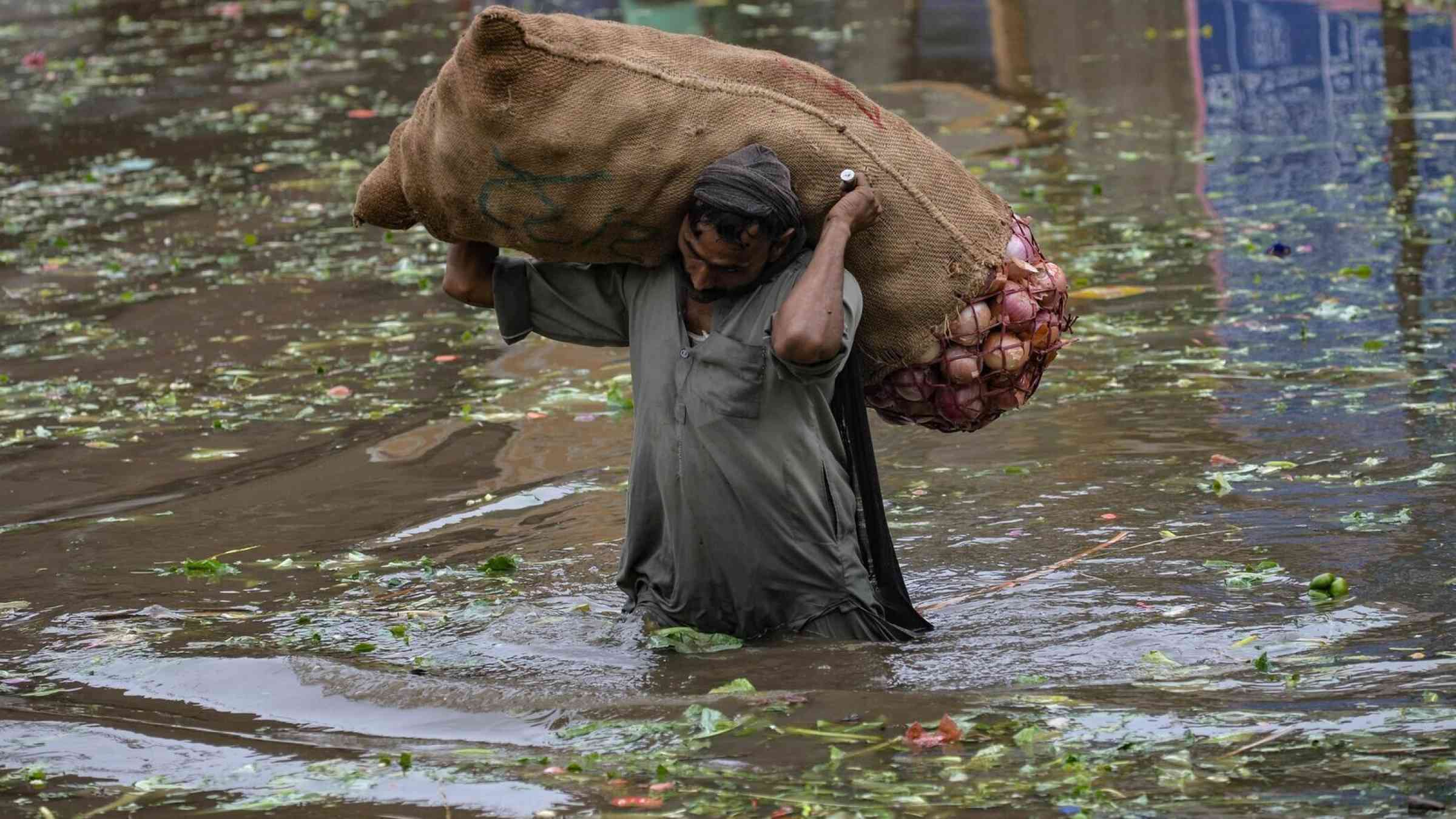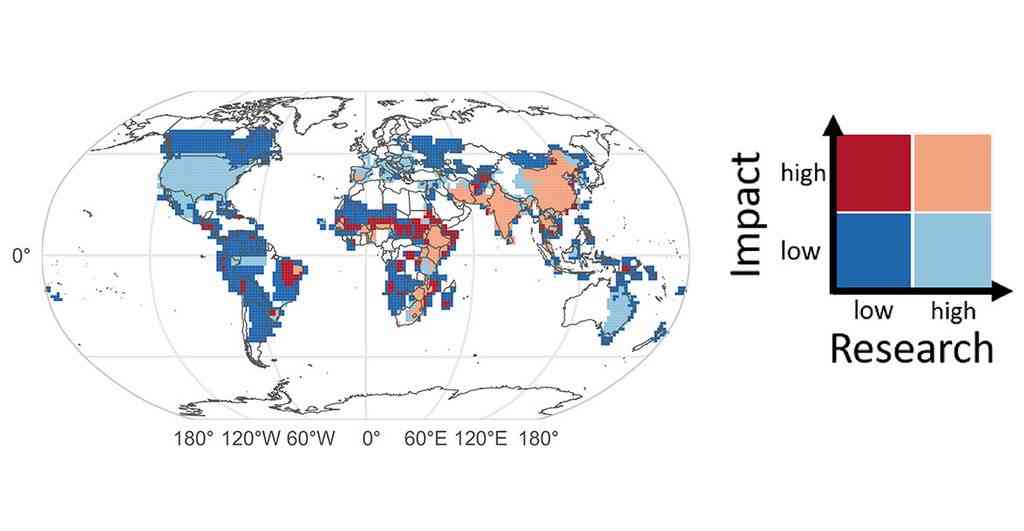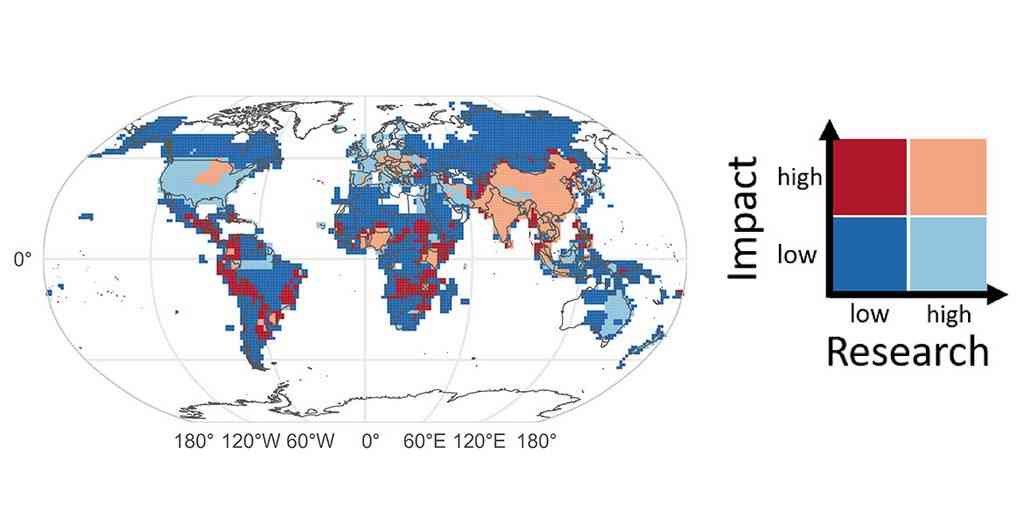Global bias: Hydro-hazard research needs more investment in low-income countries

Research efforts on floods, droughts and landslides are not fairly distributed globally. Although research is increasing in areas affected by these natural hazards, the number of people affected by hydro-hazards in the least developed countries needs to be around 100 times higher than in developed countries to generate comparable research interest. The article published in the journal "Earth's Future" by researchers from the University of Potsdam, IBM Research and GFZ draws attention to this inequality.
Hydro-hazards such as floods, droughts, and rainfall-induced landslides affect millions of people every year and are studied by the scientific community to reduce their undesired impacts on society. "To assess whether these research efforts are well-targeted, we require a global overview of where these hazards are studied and whether impacted regions are considered," says Lina Stein, PhD, leading author and researcher at the Alexander von Humboldt Professorship for Analysis of Hydrologic Systems at the University of Potsdam.

Using the seminal "text-as-data" methodological approach, the team created a global map of flood, drought, and landslide research that shows whether published research is distributed equitably. In cooperation with IBM Research, almost 300,000 scientific paper abstracts were analyzed in order to extract meaningful information and patterns. "We find that there is more research in regions where many people live, in wealthy regions, and in regions that have had disasters happening in the past," Lina Stein summarizes. However, the level of research in wealthy countries is much higher despite considerably more people being affected by disasters in low-income countries.

On the one hand, the study draws attention to this "Wealth over Woe" bias, and on the other hand, suggests directly in which regions more research funding and activities are needed in order to strive for a fair distribution of knowledge. "We urgently need to reduce knowledge biases by targeting research on hydro-hazards in highly impacted and under-researched regions for an equitable distribution of research," requests the hydrologist. "Only then, can we adapt and reduce impact from future disasters".